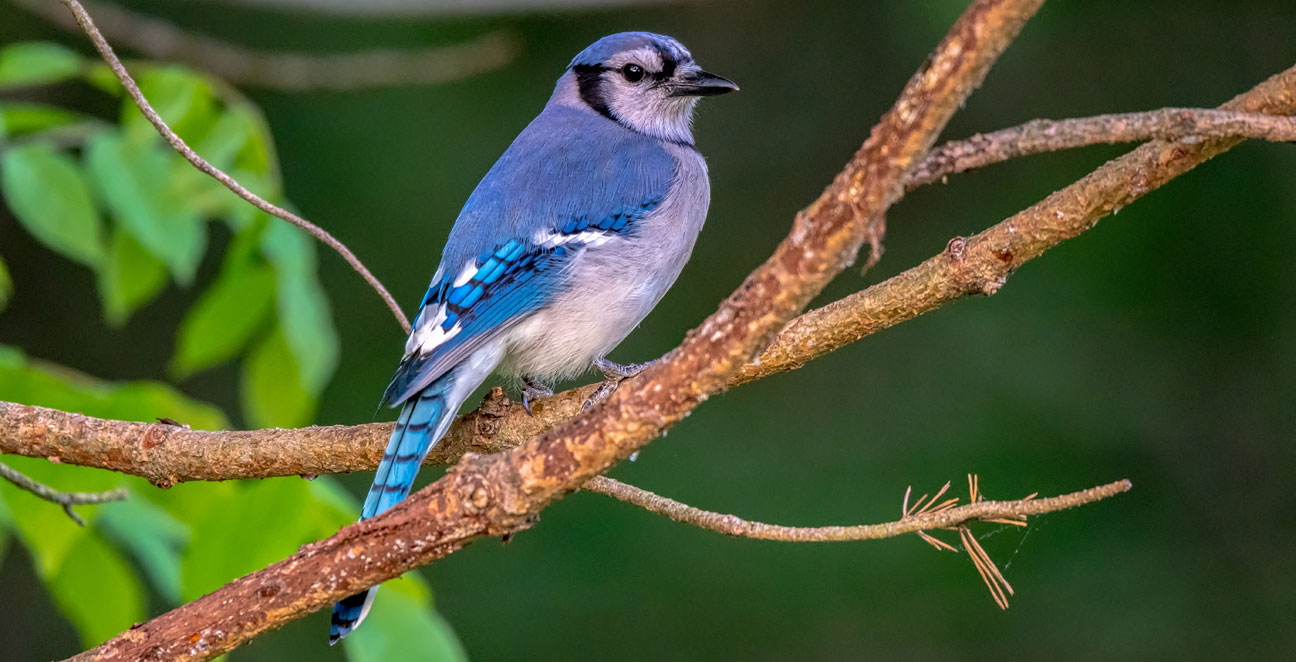
Barn Swallow
Scientific Name:
Hirundo rustica
Length:
5.9-7.5 in (15-19 cm)
Weight:
0.6-0.7 oz (17-20 g)
Wingspan:
11.4-12.6 in (29-32 cm)
Nest:
Their nests are often easy to spot under the eaves or inside of sheds, barns, bridges and other structures.
Eggs:
4-5, sometimes 6, rarely 7. White, spotted with brown. Incubation is by both sexes (female does more), 13-17 days.
Feeding Behavior:
The barn swallow is similar in its habits to others that eat insects. Grasshoppers, crickets, dragonflies, beetles and moths are also preyed upon. The barn swallow drinks by skimming low over lakes or rivers and scooping up water with its open mouth.
Young:
Both parents feed young. One or two additional birds, the pair's offspring from previous broods, may attend the nest and sometimes feed the nestlings. Young leave the nest about 18-23 days after hatching. 1 or 2 broods per year.
Range:
The preferred habitat of the barn swallow is open country with low vegetation, feeding in open habitats from fields, parks, such as pasture, meadows and farmland, preferably with nearby water. This swallow avoids heavily wooded or precipitous areas and densely built-up locations.
Brief Description:
It has steel blue upperparts and a reddish-brown forehead, chin and throat, which are separated from the off-white underparts by a broad dark blue breast band. The outer tail feathers are elongated, giving the distinctive deeply forked "swallow tail". White spots under the tail can be difficult to see except in flight. Males are more boldly colored than females.